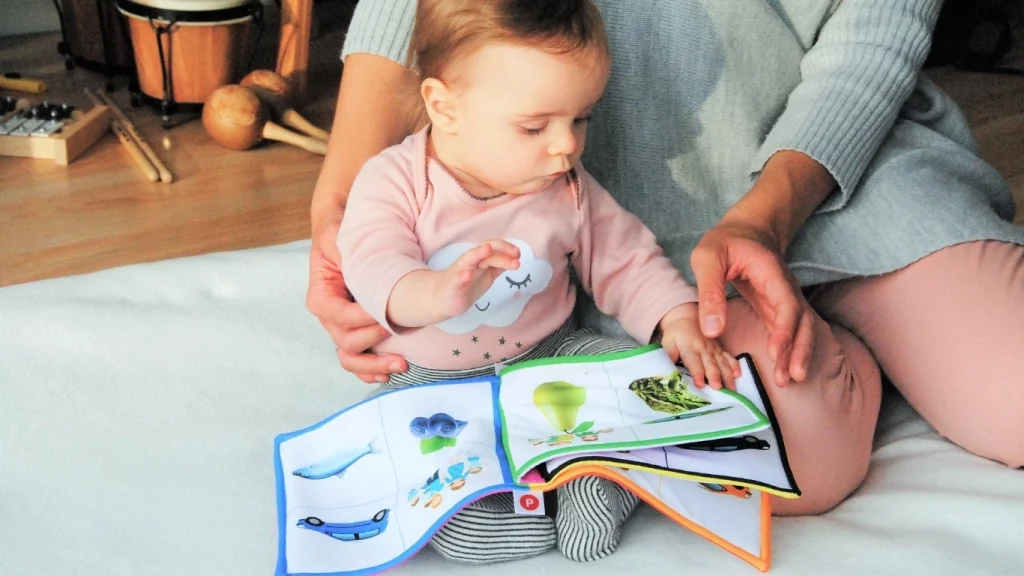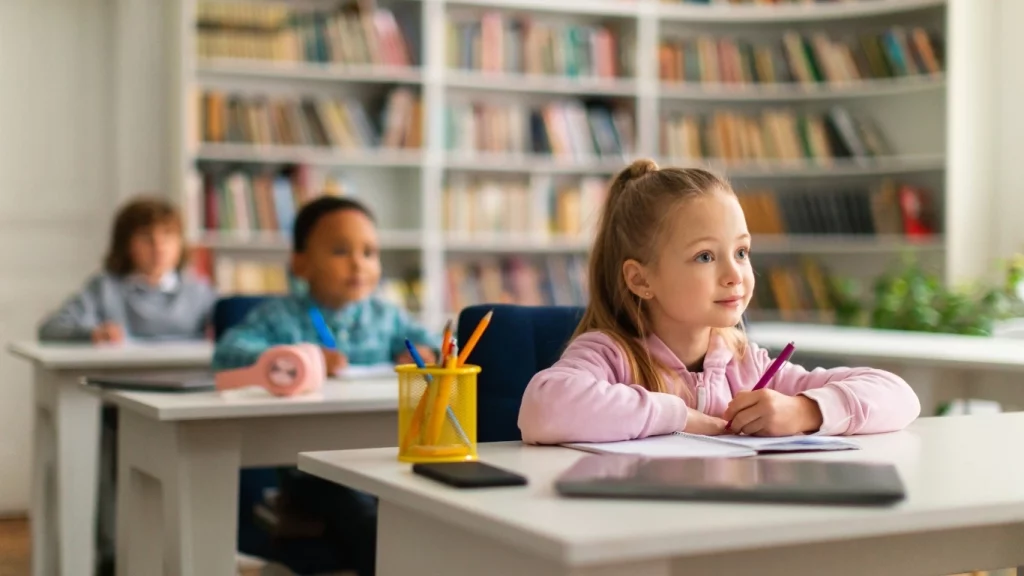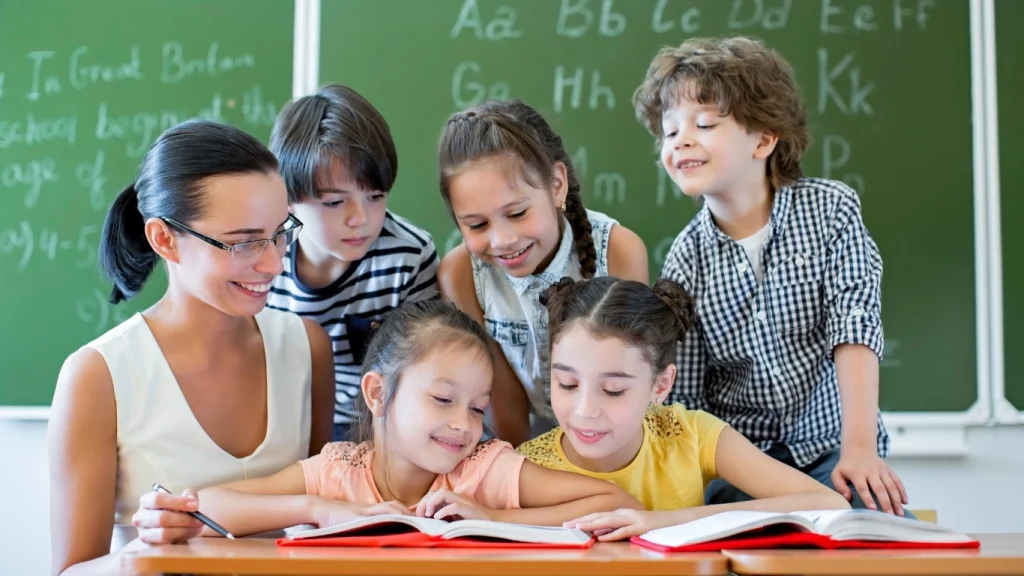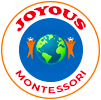The 4 Instructive Techniques Of Montessori

The Montessori Method is a revolutionary educational philosophy that emphasizes hands-on learning, independence, peer collaboration, and respect for each child’s natural development pace. Developed by Maria Montessori (1870–1952), an Italian educator and physician, this approach continues to guide many successful early education programs, including those offered at Montessori Keller, TX.

A Child-Centered Approach to Learning
The Montessori Method is a unique style of education that focuses on fostering each child’s natural curiosity and independence. Rather than following a rigid curriculum, it encourages learning in harmony with a child’s individual interests and development. This holistic approach promotes not only academic knowledge but also emotional, social, and physical growth.
This method is widely practiced at our Infant daycare Keller and early childhood programs, where children are treated as naturally curious and capable learners. Through carefully designed classrooms and thoughtful guidance, each child is given the opportunity to grow at their own pace.
The 4 Core Techniques of Montessori

1. Respect for the Child

2. The Sponge Effect
Children absorb knowledge from their environment continuously, just like sponges. What they absorb is shaped by their daily interactions and experiences. In Montessori classrooms, uninterrupted blocks of time are provided so children can fully immerse themselves in activities. This freedom of exploration is key to meaningful learning, especially during early development years, making it a core principle of our Infant daycare Keller services.

3. Sensitive Periods
Children go through “sensitive periods” when they are especially receptive to learning certain skills, such as language, order, or motor development. These periods vary by child, and Montessori educators are trained to recognize them and introduce the right activities at the right time. By doing so, we ensure that every child at Montessori Keller, TX receives instruction tailored to their personal development timeline.

4. The Prepared Environment
One of the defining features of a Montessori classroom is its organization and accessibility. Learning materials are arranged neatly, within children’s reach, and in a way that encourages exploration. Classrooms are thoughtfully designed to be visually inviting, engaging, and developmentally appropriate. The prepared environment supports every child, regardless of age or ability, in becoming an active participant in their learning journey.

The Power of Auto-Education
The Montessori Impact
The Montessori Method’s instructive techniques provide children with the tools to become independent thinkers, compassionate peers, and enthusiastic learners. At Joyous Montessori, Keller, TX, we implement these principles every day, fostering growth from infancy through the early childhood years.
Whether you’re looking for Infant daycare in Keller or a nurturing learning environment for toddlers and preschoolers, our programs, grounded in the Montessori philosophy, offer a powerful start to your child’s lifelong educational journey.
